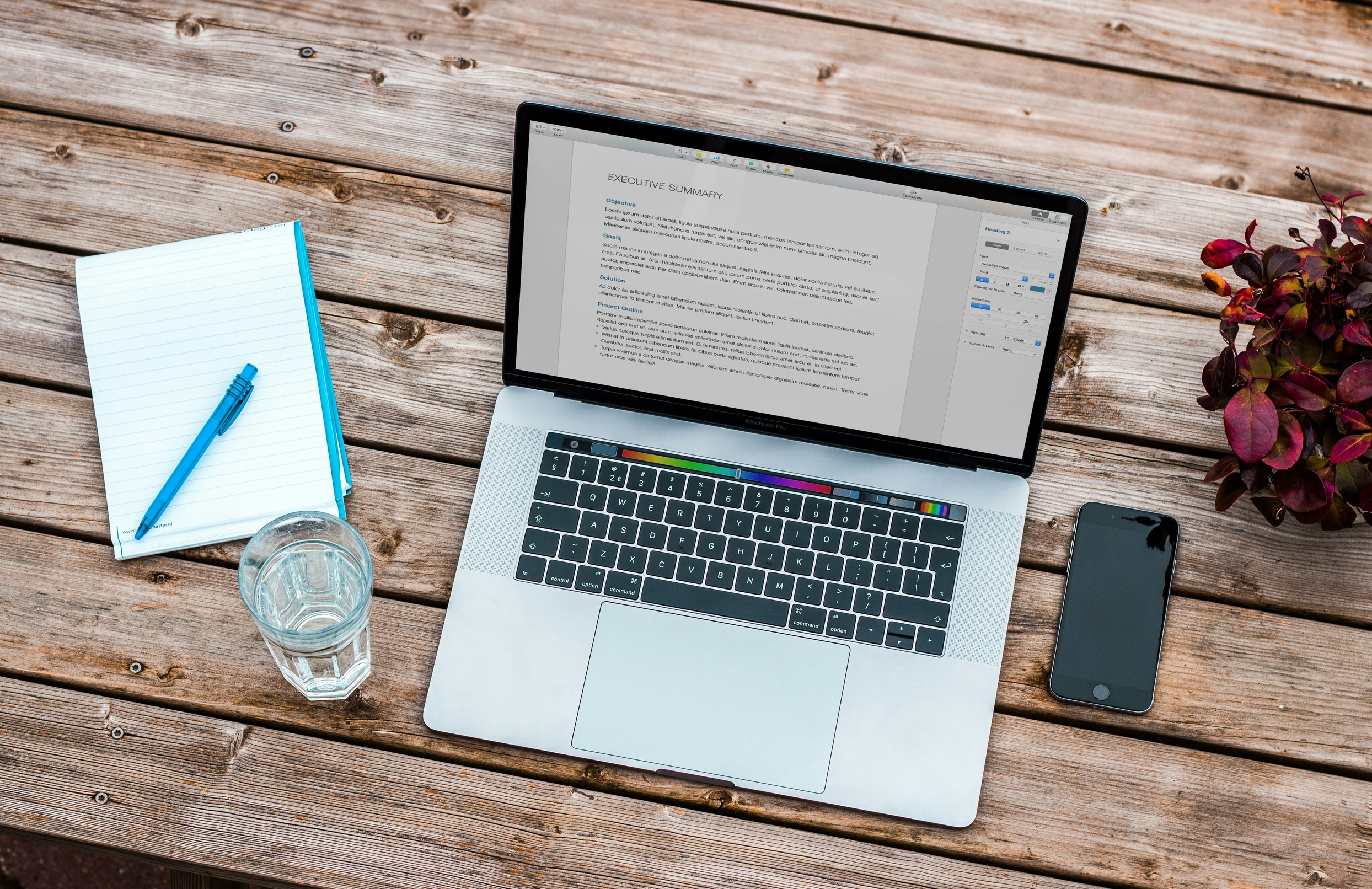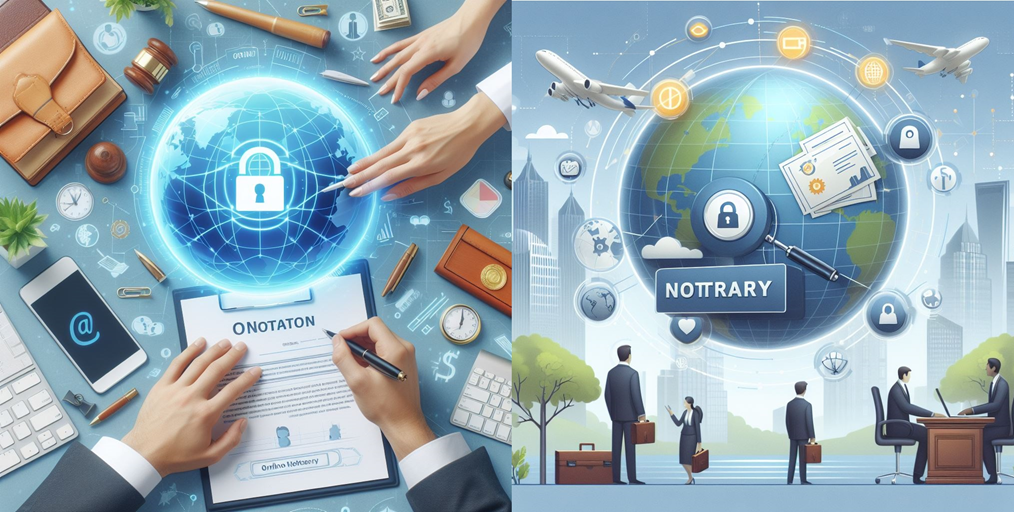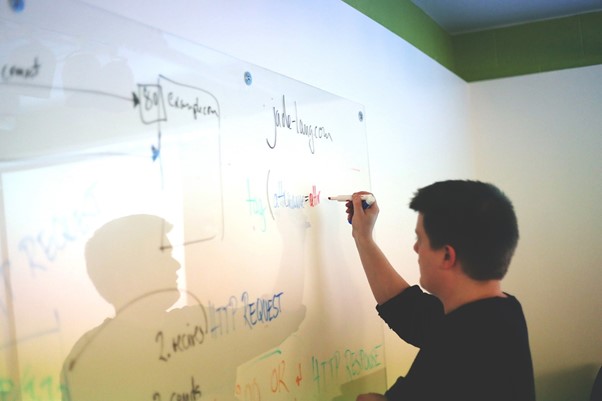4 Steps To Alleviate The Dangers of Plagiarism
Plagiarism, a known term in both academia and professional life. Plagiarism in simple terms is an act of dishonesty where a person steals someone’s work and presents it forward as their own creation.
This unethical act can cause serious issues for the accuser. In professional life, you will most probably lose your job and your reputation will also be at risk which can cause issues later in finding new jobs. On the other hand, in academia, you might fail in your grades and as per the scenario and institutional laws, you might face suspension.
Plagiarism is no joke and should be taken seriously. However, it is important to understand that not everytime plagiarism is intentional, sometimes, without you even knowing, your content might match someone on the internet which is called accidental plagiarism.
Fortunately, there are several ways you can practice to make sure you avoid plagiarism in your copies. In this post, we will share four different ways to avoid and to bypass any type of plagiarism.
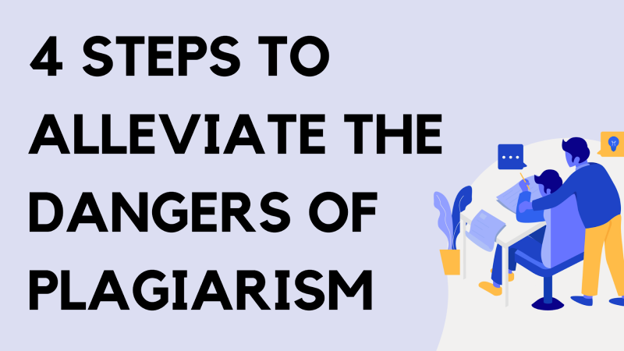
4 Steps To Avoid Plagiarism and Alleviate Its
Step 1: Identify Plagiarism
The first and foremost thing that you should know about to avoid plagiarism is to understand how to identify plagiarism. Plagiarism is of different types. The most common is direct plagiarism which means copying and pasting of someone’s work which obviously any writer knows will come under plagiarism but plagiarism is unintentional as well.
Accidental plagiarism is occurring very often too. In this type of plagiarism, you will find your text similar to another source online even if you have never gone through that page.
Paraphrasing plagiarism is another kind where you do not acknowledge the original author and rewrite their text and claim it as your own. You have to cite the sources to avoid any convenience.
However, before you eliminate plagiarism in your text by rewriting from scratch or to cite the sources, you need to identify where plagiarism is occurring.
The best way to detect plagiarism is to use online resources such as plagiarism checkers. These are online software that scans your content against billions of webpages and checks for duplicate content or any similarity occuring in your text.
There are hundreds of different websites offering plagiarism checkers that you can use either free or by buying a premium subscription. However, if you do not know much about plagiarism checkers and want to use one, you can use the following:
Plagiarism checker by Paraphrasingtool.ai
If you want a complete plagiarism checker that resonates with your needs and preferences, then you should check out this tool. Plagiarism checker introduced by paraphrasintool.ai is one of the mainstream and most trusted online plagiarism checking tools.
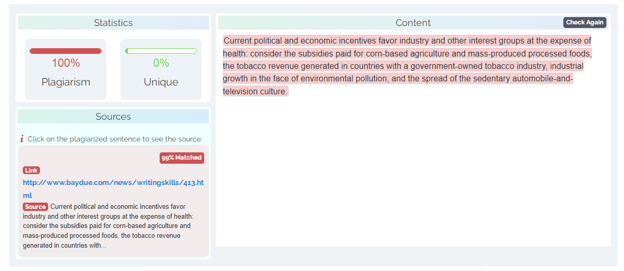
This tool has a dataset of over 8 billion web pages that it uses to check your content for plagiarism instances. The user interface of this tool is very simple and sleek which means it is very easy to navigate, use and to get the right results.
The tool allows users to check 1000 words per search for basic users and if you buy their premium which includes many other different tools like paraphrasing tool, ai story generator and so on.
You should try this tool if you are a student, blogger or even professional writer who wants to check content regularly.
Plagiarismchecker.ai
Plagiarismchecker.ai is another masterpiece that has over 10 billion web pages including blogs, ebooks, thesis, video transcripts and so on in the data set. Not only it has a broad dataset, the tool is also integrated with AI technology which enables this tool to check natural and valid plagiarism instances present in the text.
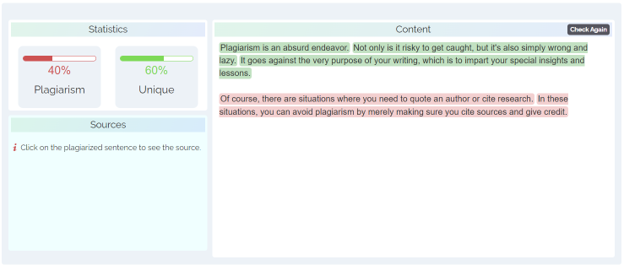
This tool similar to the one above is very easy to use. You will see an input option where you have to insert the text which you can either copy, paste or upload a document in it and after inserting the text, you have to hit the button provided below. After a few seconds, the tool will come up with results.
The report will include the percentage of original and plagiarized text and the duplicate text will be highlighted with the links to exact sources that you can use to do proper citation.
The tool allows users to check for 1000 words per search and the tool is completely free which means you can check any amount of text without paying any sum.
Step 2: Understand the Importance of Original work
Understanding the importance of original work is crucial in avoiding plagiarism and promoting integrity in academic and professional settings. Original work is the product of one's own thinking where a huge part of research, and creativity is involved, and it is essential for personal and professional growth and development in the longer run.
Stressing the value of original thinking and creativity encourages individuals to think critically and independently, rather than relying on the ideas and work of others. It also helps in the development of new knowledge and ideas, which is essential for progress in writing and in the subject they are working on.
Encouraging originality in work also promotes ethical behavior and integrity. Plagiarism is not only a violation of academic and professional standards, but it also undermines the trust and credibility of the individual. By promoting originality, individuals can establish a reputation for honesty and integrity.
To ensure originality in your work, individuals can:
- Take the time to understand the topic and research thoroughly.
- Create an outline or plan before starting to write or create.
- Use brainstorming and mind-mapping techniques to generate new ideas and perspectives.
- Seek out feedback and constructive criticism from peers and mentors.
- Practice self-reflection and self-evaluation to identify areas for improvement and growth.
You might find it difficult at first to write original and effective content but with time, you will learn and you will see the development in no time.
Step 3: Do Proper Citation
Proper citation methods are essential to avoiding plagiarism. Two of the most widely used citation styles are MLA (Modern Language Association) and APA (American Psychological Association).
MLA citation style is primarily used in the humanities, such as literature, philosophy, and the arts. In MLA, the author's last name and the page number of the source is included in the citation, like this: (Smith 23). The works cited page at the end of the document lists full bibliographic information of all sources used in alphabetical order by the author's last name.
APA citation style is another citation style that is mainly used in the social sciences, such as psychology, sociology, and political science. In APA, the author's last name and the year of publication is included in the citation, like this: (James, 2020). The reference list at the end of the document lists full bibliographic information of all sources used in alphabetical order by the author's last name.
Here are examples of how to cite a book in MLA and APA:
MLA:
Author's Last Name, First Name. Title of Book. Place of Publication: Publisher, Year of Publication. Medium of Publication.
Example: Smith, John. The History of Plagiarism. New York: Random House, 2009. Print.
It has been observed that many writers start using passive voice while rewriting a text, which is entirely the wrong approach. This will ruin the readability of paraphrased text and make it easier for the readers to understand.
APA:
Author's Last Name, First Initial. (Year of Publication). Title of Book. Place of Publication: Publisher.
Example: Smith, J. (2009). The History of Plagiarism. New York: Random House.
It's important to note that citation styles are not fixed and may change over time and each field of study may have its own variation, so it's always best to check the guidelines of the instructor or the specific field of study.
Step 4: Use the Art of Paraphrasing
Paraphrasing is the process of rewording or summarizing text in your own words while still conveying the same information or to represent the same idea in a clearer way. It is an important tool in avoiding plagiarism because it allows you to use information from a source without directly copying and pasting it into your work.
The difference between paraphrasing and plagiarism is that with paraphrasing, you are changing the wording and structure of the original text, while still giving credit to the original source. With plagiarism, you are directly copying and pasting text from a source without putting any effort or value from your end.
If you do not know much about paraphrasing, here are some tips for effective paraphrasing:
- Read the text carefully and make sure you understand the main ideas and arguments.
- Take notes on the key points and information from the text.
- Write your paraphrase using your own words and sentence structure, but still conveying the same information.
- Compare your paraphrase with the original text to ensure that you have not accidentally copied any phrases or sentences.
- Always cite the source of the original text, even if you have paraphrased it because if you do not cite the sources, your text will still be considered under plagiarism.
Final Words
Plagiarism can cause several issues and thus you should avoid it at any cost. Fortunately, you can remove any instance of plagiarism in your text by following the four above tips. From checking from plagiarism to using paraphrasing tool to your advantage, you can easily avoid plagiarism occurring in your text and ensure originality.

